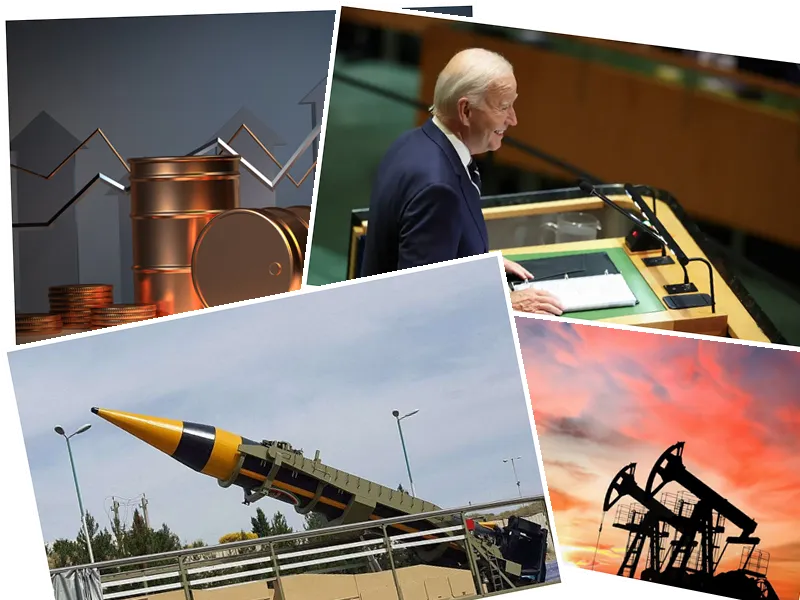Oil Prices Decline Amid Eased Tensions Over Iranian Oil Facilities
Oil prices experienced a significant decline of 3% in early Asian trading on October 15, 2024, following reports that Israel would refrain from targeting Iranian oil facilities. This development has alleviated concerns regarding potential supply disruptions from the Middle East, a critical region for global oil production. Brent crude futures dropped by $2.27, settling at $75.19 a barrel, while U.S. West Texas Intermediate crude fell by $2.22, reaching $71.60 a barrel. The recent decrease in prices has nearly negated the gains made over the previous week, where investors were anxious about supply risks after an Iranian missile attack prompted speculation of Israeli military action.
OPEC Adjusts Forecasts Amid Changing Demand Dynamics
The Organization of the Petroleum Exporting Countries (OPEC) has also revised its forecast for global oil demand growth for 2024 and 2025, citing a third consecutive monthly cut in expectations. Analysts from ANZ Research noted that the downgrade reflects a more cautious outlook, particularly influenced by lower demand from China, the world’s largest oil importer. OPEC has cut its forecast for Chinese demand growth from 650,000 barrels per day to 580,000 barrels per day. This downturn in demand is further compounded by a reported 3% decrease in crude imports to China during the first nine months of the year.
Impacts of Global Economic Conditions on Oil Prices
The decline in oil prices is not solely attributed to geopolitical tensions but also reflects broader economic trends. Recent data indicated a slowdown in Chinese export growth, contributing to concerns about the overall health of the global economy. The Chinese government's efforts to support its struggling property sector and the potential for increased government borrowing have not yet translated into specific measures to boost consumption. As a result, the combination of geopolitical stability regarding Iranian oil and weaker demand from China is likely to continue influencing oil prices in the near future.





